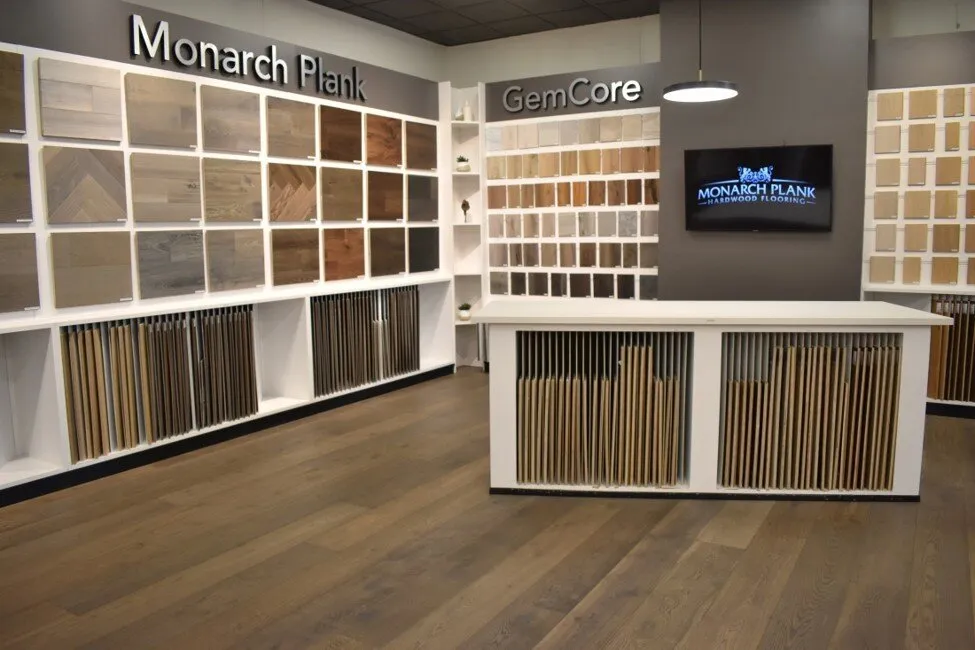Table of Contents
U.S. WOOD PRODUCTS industry members constantly strive to determine how to best promote and position their industry and products. Studies show that many in the public know little about the industry or the variety of wood products produced and hold a generally negative perception of the industry (Baldwin 2004, Stout et al. 2020).
In addition to combatting public perception and unfamiliarity, the industry also faces a labor problem. As older employees retire, enticing younger generations to work in a field that they know little about or are not interested in makes it challenging to fill empty positions with skilled employees.
Millennials (individuals born between 1980-2000) are the biggest generation in the United States’ workforce and consumer market and, thus, a major driving force of the economy. Conversations among industry professionals at offices, conferences, and tradeshows over best practices to engage new generations of potential employees have intensified. The industry is facing the dilemma of how best to market to and recruit a generation that is uniquely different.
In contrast to previous generations, millennials grew up during the age of digital technological advancement. For them, computers, cellphones, and the internet have always been the norm and they are accustomed to having relationships with companies and public figures through social media platforms. They are considered brand-loyal, socially conscious, and environmental advocates. While older generational employees are considered loyal to their employers and tend to stay at a company for years, millennials tend to change companies and positions frequently. How do these characteristics impact the wood products industry that is dependent on unique skills that are not easily taught or easily replaced?
The wood products industry is a major contributor to the economy. In 47 states, wood products companies are among the top 10 employers among manufacturing sectors (Forth 2018). However, consumers do not realize the industry’s economic importance and have little to no desire to work in the industry (Gazal 2019 et al., Stout et al. 2020). In 2018, to get a thorough understanding of millennials’ attitudes and perceptions of the wood products industry and wood products, we asked over 1,500 U.S. millennials a series of questions focused on the industry and wood products.
Industry-related questions requested millennials’ opinions regarding topics such as general knowledge, industry reputation/credibility, and the industry’s relationship with the environment. Product-related questions requested millennials’ opinions on wood product characteristics, styles, and durability.
We also asked specific questions related to Cross Laminated Timber. CLT is an innovative wood product that is new to U.S. markets. It is a semi-rigid composite, plate-like engineered wood product, which is commonly composed of an uneven number of layers, each made of boards placed side by side (Brandner et al. 2016). In addition to the questions about the industry and wood products, we also asked millennials questions related to self-perception and social media use.
Overall, only 65% of the respondents knew of the industry before we conducted this research. The majority that did have knowledge, identified as being Caucasian. These millennials were more likely to hear about the industry from family and friends (60%) compared to a career center (6%) at a college or from outside resources. This response may indicate a need for increased industry visibility, especially in educational settings and among non-Caucasian ethnic groups.
We also asked respondents to indicate their thoughts on career opportunities within the industry. Approximately, 52% agreed there is employment opportunity in the industry, with males being more likely to agree. Older millennials aged 27-29 (41%) agreed more with this question versus those aged 18-20 (24%). However, when all respondents were asked if they had an interest to join the industry, a majority (51%) indicated having no interest. Why is this? Overall, most of the remaining responses for all of the questions related to careers in the industry leaned towards neutral views. These views may be due to a lack of knowledge of the range of industry career opportunities and the industry work environment. Addressing these issues may be the industry’s first step in recruiting a skilled, diverse workforce.
Questions focusing on the industry’s relationship with the environment showed the most negative reaction. Approximately, 71% agreed that seeing forest lands cleared makes them sad, with females more likely than males to strongly agree with this statement. A majority (63%) of the millennials also agreed that the wood products industry damages our forests. Many millennials also believe that the industry does NOT replant after cutting forests!
However, millennials gave strong support (71%) for the industry to continue to promote its environmental friendliness and stated that they viewed oxygen, animal habitat and water as the most important forest resources. Wood products were the lowest ranked resource out of the six options provided. While many wood products companies have made environmental stewardship and sustainability a key initiative in their mission, it may not be very visible to the public. As climate change becomes increasingly important to the public, especially the younger generations, companies promoting sustainability and environmental stewardship are looked upon favorably by millennials.
Although, the industry did not fare well in terms of millennials’ perceptions, products made of wood were highly favored. Millennials believe wood products are beautiful (84%) and have an important place in the consumer market (78%). While they understand the aesthetic qualities of wood products, they do not fully understand the mechanical and structural qualities of wood. When provided a series of statements related to the durability and strength of wood, perceptions were less favorable.
However, there is hope! Millennials were given a series of statements related to the safety in using CLT in tall buildings. When answering with no/limited knowledge of CLT, most respondents felt using CLT for tall buildings was unsafe. After providing them with detailed information on CLT, their perceptions changed. This observation highlights the importance of providing the public/consumers with information about the industry and its products.
So, what was the consensus opinion of millennials on the wood products industry and wood products? Overall, millennials know little about and do not think highly of the industry. However, in contrast, they perceive wood products positively and think it appeals to their sense of style!
This study reveals a gap in knowledge millennials have regarding industry practices and the value of its products to the U.S. economy. Throughout the study, the level of education rose as a key marker of difference between millennials. Those with a higher level of education expressed stronger opinions (positive or negative) compared to those with a high school degree or less. However, the initial evaluation of responses emphasizes the importance of fact-based messaging about the wood products industry as a means of shifting understanding and opinions.
By embracing new communication avenues, the industry may find increased success in engaging with younger generations to break down misperceptions. Innovative communication methods may expand the reach of marketing and informational messaging. Social media plays an important role in communication among younger generations and the businesses they patronize. Millennials and subsequent generations are tech savvy individuals comfortable with various forms of technology. Millennials in this study overwhelmingly agreed that social media can help businesses build a strong brand identity (73%) and promote corporate social responsibility (71%).
In the end, the industry fixing any issues of industry misperceptions may help foster a better relationship with the public and help to recruit new employees. Their public visibility could improve through positive advocacy of the industry and its environmental practices. It will not be an easy or quick fix, but with dedication and time the industry might be able to turn a page to a new, evolved chapter.
– Kassandra Stout is a marketing associate at Timber Products Co. (www.timberproducts.com), Springfield, Or. Dr. Iris Montague is a research forester at the USDA Forest Service Laboratory in Starkville, Ms.









